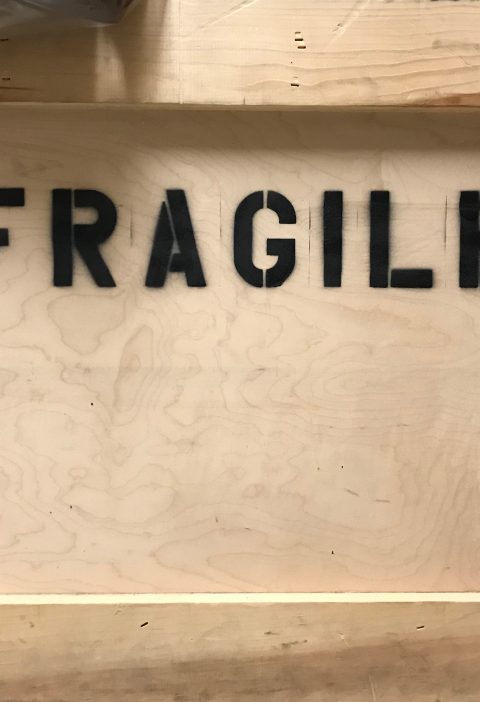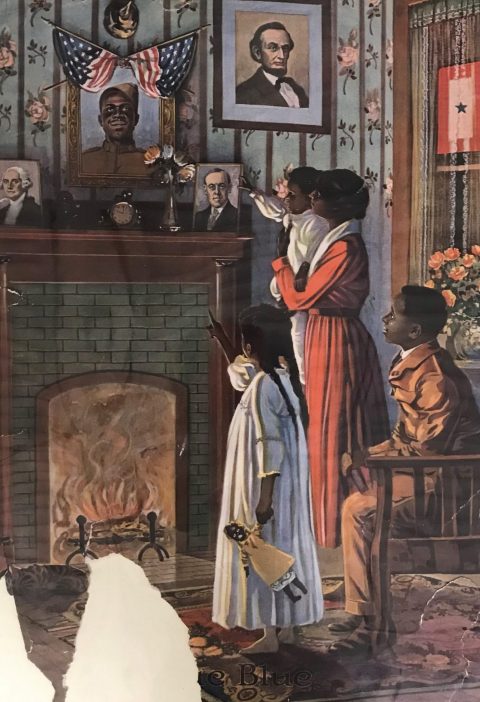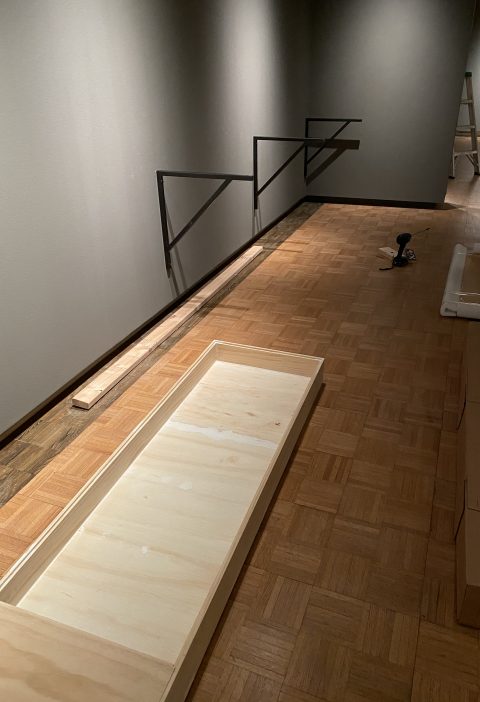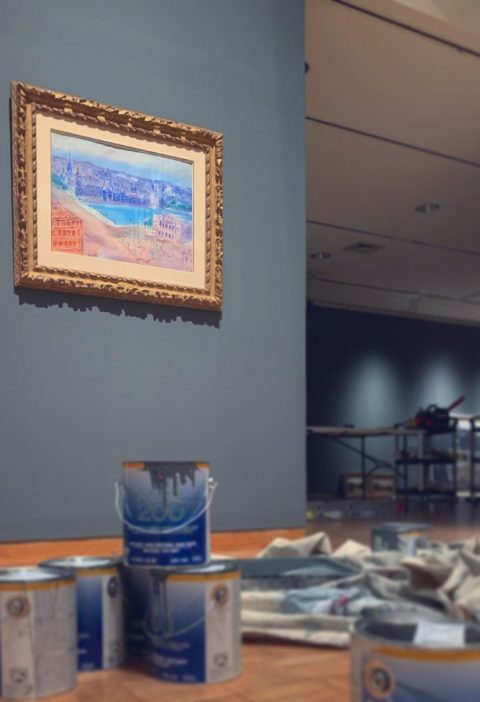After attempting, and succeeding, at setting the record for longest time between posts, I am back with another entry for the Tales from the Vault. The wait, however, will have been worth it as I have been working on the first new exhibition for the Gallery since February 2020. Considering we are all still operating with COVID restrictions, this exhibition is going up during many after-hours sessions with all the coordination required to manage a small overseas military incursion. In other words, it is a challenging undertaking… if I were being extraordinarily generous.
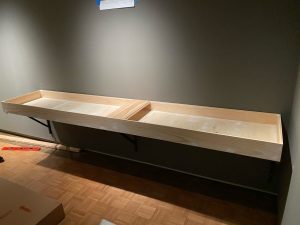
In Light of the Past, the 2021 thesis exhibition that is the culmination of the Art History Methods course, incorporates more than seventy photographs spanning the entire history of photography. In terms of the impact on exhibition design, the breadth of the shows means I will have to display everything from 19th century daguerreotypes to 21st century projections. Contemporarily photograph display is easy and the bread and butter of the white walls and black frames galleries of any major city. Daguerreotype installation, however, is another matter altogether.
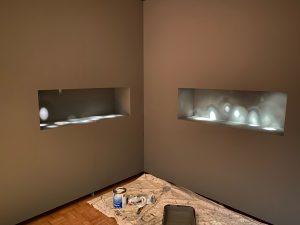
Daguerreotypes, and their cousins, the ferrotype, are small, card-deck size photographs that often come in their own folding cases. The surface of the photograph is partially reflective and it can only handle five-foot candles of illumination or less. So, lighting, as you can imagine, is a bit tricky. After unsuccessfully lobbying our director for a more traditional installation with a wall case, we decided instead to fabricate fake walls with recessed box shelves and scavenge fiber optic lighting systems from our built-in cases in the upper gallery. By using the fiber optics, we could light the daguerreotypes from inside the case, thus reducing the reflective glare through acute angling and eliminating the possibility of accidentally casting your own shadow over the photos while viewing the works.
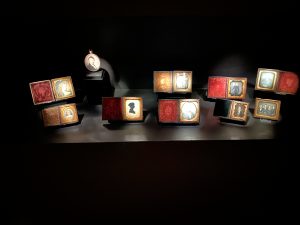
Building fake walls remotely did prove to be difficult, but we were rescued by an excellent carpenter with extensive set building experience. The walls were built on wheels and in two sections to allow them to fit through gallery doors. When walls are assembled, the fiber optic system will be buried inside with the electrics run through casing to a discrete switch out of sight on the side. The daguerreotypes will be suspended off the back wall of the shelves with mounts I designed with a museum display company – the photo cases lovingly cradled within archivally coated bent metal octopus arms.
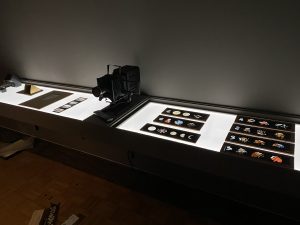
The exhibition is now open to Dickinson Faculty, Students, and Staff!
Coming soon: The Big Build: Part 2
-James Bowman

